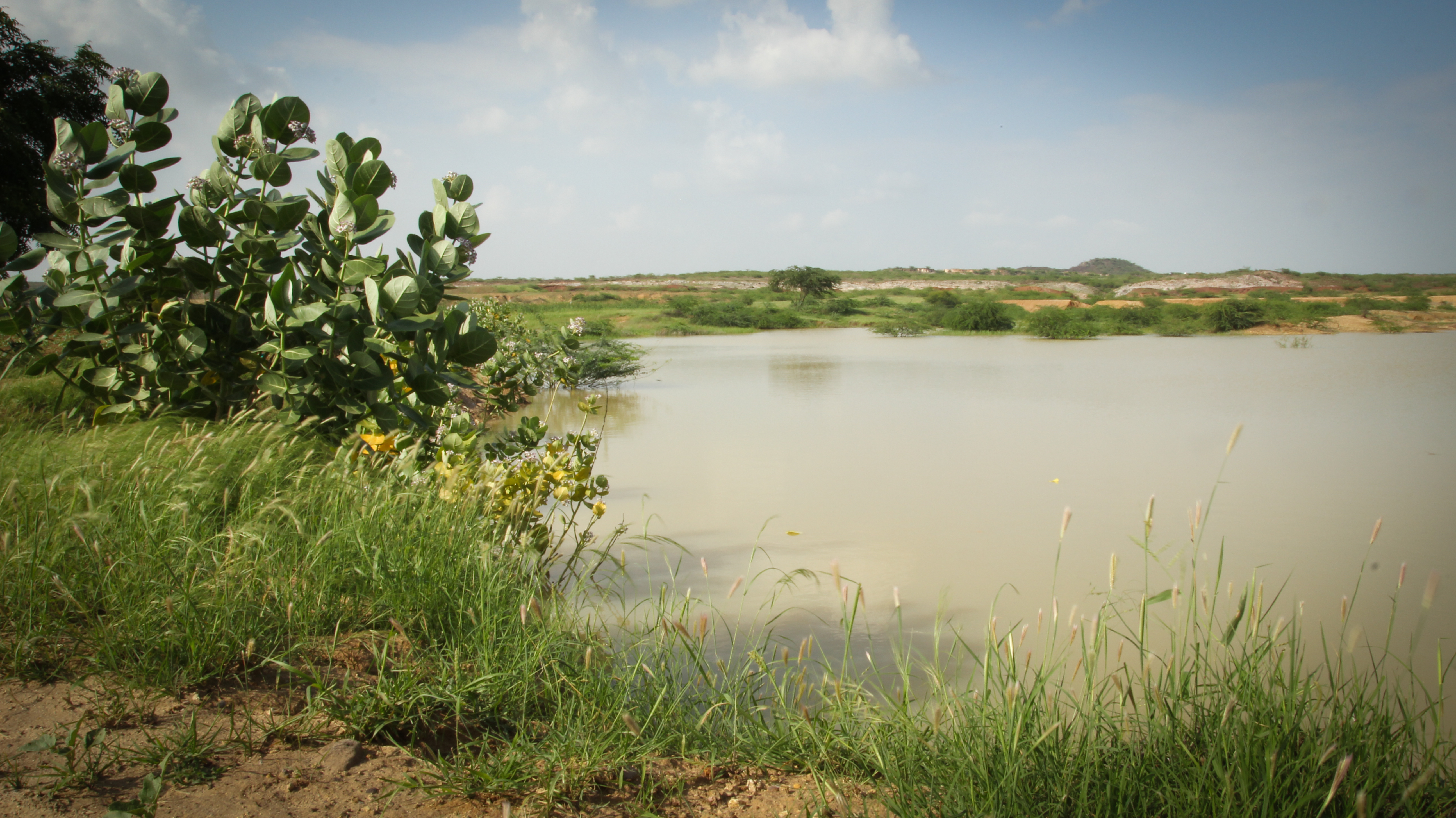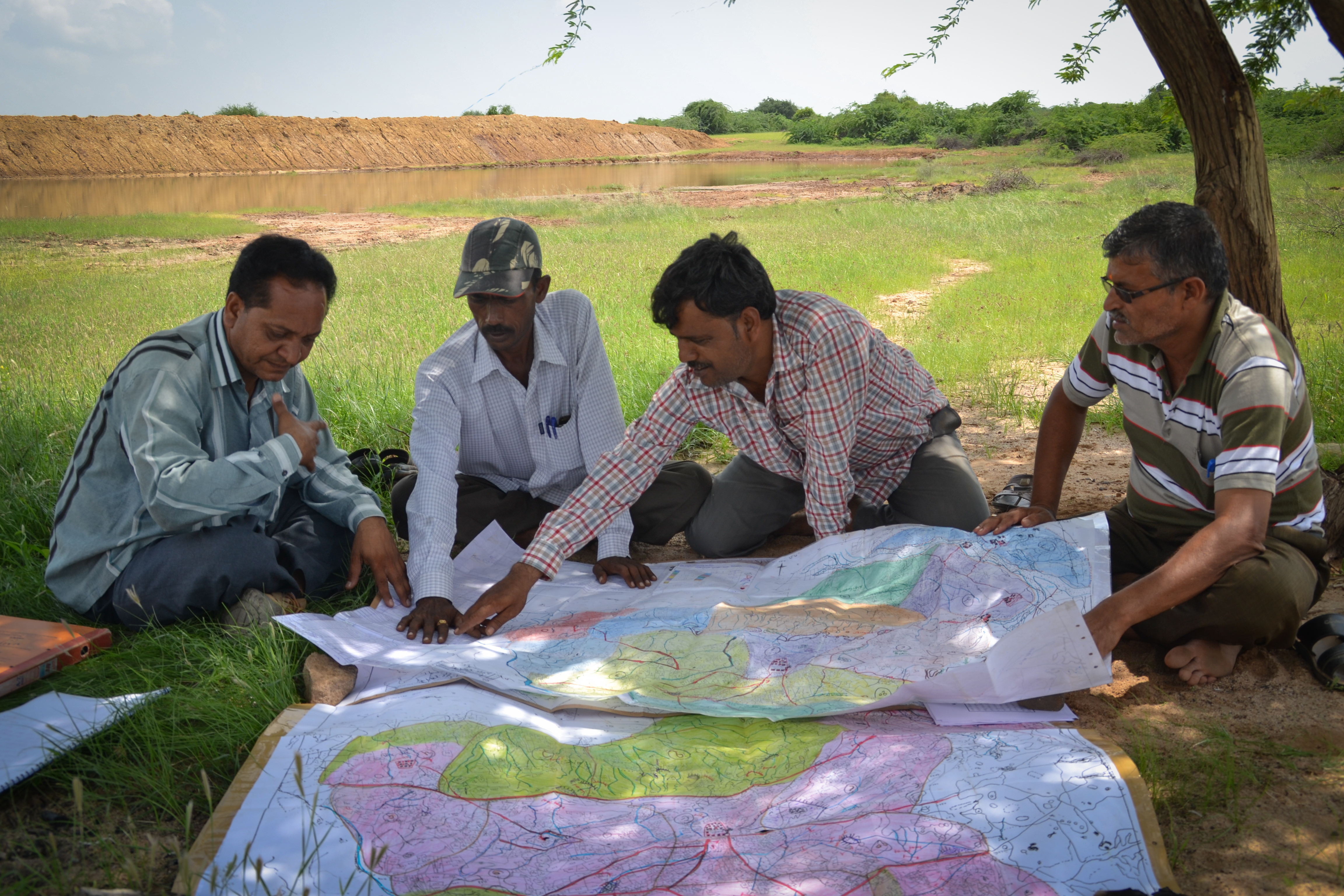
Over the last few months, rains--whether they flooded India enough or not--have certainly flooded the news. May brought a grim prediction by the Minister for Earth Sciences, Harsh Vardhan, that this year’s monsoon forecast is expected to be 88 percent of the long-term average setting off fears of a drought. Heavy rains in June kept our hopes up high, but in July the rain was more scarce in several parts of the country and was at around 83 percent of the average.
Why groundwater matters

India depends heavily on rainfall for agriculture--61 percent of the land under agriculture depends on rain and 84 percent of rural India practices rain-fed agriculture. States like Telengana, Maharashtra and cities like Chennai and Bangalore are gearing up to tide over dropping reservoir levels which will lead to drinking water scarcity. Historically, this situation has led to both people and the state to turn to groundwater. However, repeated and unchecked withdrawals over time have led us to become the largest user of groundwater in the world.
India uses 2.5 times the groundwater used by China says Dipankar Saha, Member of the Central GroundWater Board, GoI.
Looking for an answer
This monsoon, rather than ask the old question of where do we get water from, we should be asking a new question: is it possible for us to tackle both groundwater crises and flood situations in the long term and create better value for our investments in water structures?
An attempt by a consortium of NGOs across 12 states in the country suggests that the answer to this question is, yes. The approach they adopted revolves around two commonsensical things: 1) an understanding of the scientific principles that govern groundwater behavior (e.g. to know that water in the tap comes from a bore well that in turn comes from an aquifer) and 2) putting this scientific knowledge in the hands of the people and learning their traditional practices – so that they are able to creatively design solutions that will help them collectively tackle or prevent a water crisis.
 Knowing where the water comes from, and how to deal with it scientifically helps sustain and improve groundwater stocks, says Dr. Himanshu Kulkarni who works with Advanced Centre for Water Resource Development and Management (ACWADAM) – a pioneer in testing this approach across the country. When people understand their water resources better, experience shows that they also come together to manage demand and plan better, which leads to drinking water being secured through the year and also increases agriculture productivity.
Knowing where the water comes from, and how to deal with it scientifically helps sustain and improve groundwater stocks, says Dr. Himanshu Kulkarni who works with Advanced Centre for Water Resource Development and Management (ACWADAM) – a pioneer in testing this approach across the country. When people understand their water resources better, experience shows that they also come together to manage demand and plan better, which leads to drinking water being secured through the year and also increases agriculture productivity.
To be successful, communities must understand the science, mesh them with local practices and be empowered to take decisions that make the best sense for them. Sashank Deshpande from the Groundwater Surveys and Development Agency (GSDA)--the nodal agency for groundwater in Maharashtra--recounts success of a participatory, scientific groundwater management approach in Jalna where there was an increase in recharge by 33 percent. An evaluation of the Water Security pilots implemented by the Government of India and the Water and Sanitation Programme by the World Bank estimates that it is possible to create a net social gain of around Rs. 15000-16000 per capita if these principles are followed.
Programmes such as the Integrated Watershed Management Programme of the Government of India have encouraged this approach in some pockets, reaping rich results in water scarce areas. It is important that the government stays invested in such programmes that focus on the long-term. The Government should also help inculcate principles of better groundwater management in programmes such as MGNREGS that contribute to the construction of water harvesting and storage structures.
Water secure or water stressed
We may well be on our way to creating a groundwater secure nation if we mesh an understanding of science and traditional water management practices and work with communities to improve groundwater governance.
Information for this article came from an event organized by Arghyam on June 3, 2015 at India Habitat Centre, Delhi. The event shared the success of the Participatory Groundwater Management (PGWM) Programme. Government agencies and practitioners met to discuss solutions for India’s growing groundwater crisis.
/articles/can-india-become-groundwater-secure